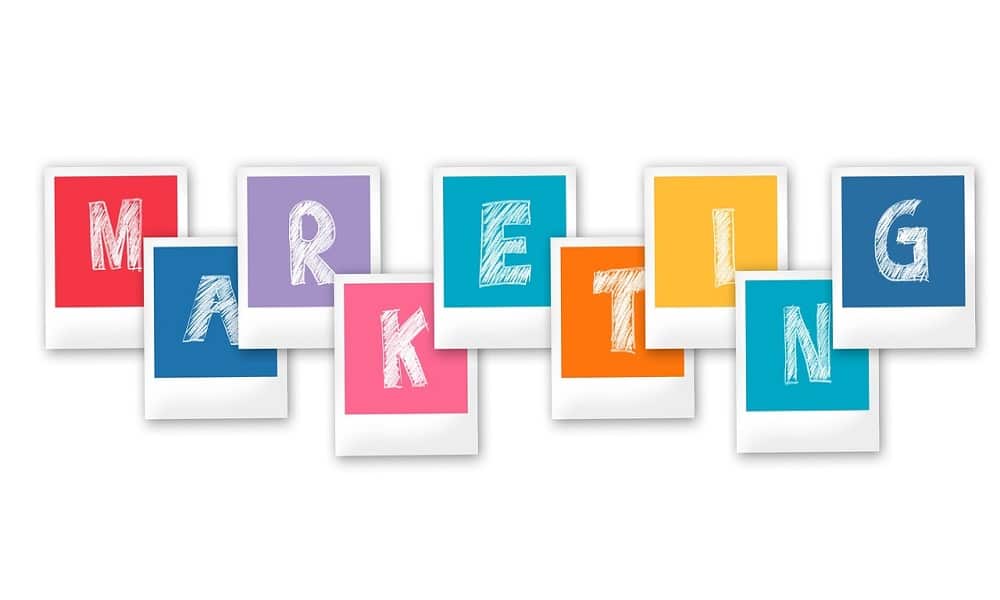Many stores no longer accept cash. Buskers take card payments. If Apple Pay doesn’t work, we’re toast. Let’s face it, we now truly live digital-first lives.
When it comes to advertising, same thing. Companies have veered from traditional methods like television or print and instead invest in social media campaigns and Google ads.
But here’s the thing: neuroscience is showing us that tangible marketing activates our senses in ways that digital simply can’t. Here’s why you need to move beyond the screen, and why print marketing still has a place in 2025.
Digital Fatigue
Our brains were not designed to deal with the cognitive overload associated with digital content. We process it too rapidly, in a fragmented manner, moving from one app to the next, constantly scrolling, multitasking, always go-go-go.
This is what’s collectively known as “shallow processing”, which leads to lower comprehension and reduced attention span. Over time, digital ads just don’t do it anymore, the emotional impact becomes negligible, we develop ad blindness.
Notice how extreme digital ads are becoming, one more ridiculous than the next. To stand out these days, you have to try and do something entirely different. And there are just far too many ads; overexposure leads to fatigue, and in turn far lower engagement.
We’re also becoming increasingly aware that being glued to our screen isn’t a good thing. Look up a so-called ‘dumbphone’, for example, and you’ll become acquainted with a growing number of people who are going for a full digital detox.
Print is a welcome change in an almost fully digital environment. It’s something that many companies have left behind, making it far easier to make a dent in your marketing efforts. But there’s more to it, too.
Print and the Brain
It’s not just that digital ads are oversaturated and we’re increasingly ignoring them. Print also has an intrinsic advantage in that it’s tangible.
Your brain creates connections with the physical much more easily than a digital equivalent. In simplistic terms, this is because it involves your spatial and tactile memory.
You effectively need to use less brain power to process tangible materials, the cognitive effort is far lower, meaning your recall and absorption of information is almost automatic.
Physical marketing therefore has a significant advantage over digital alternatives, giving consumers a multisensory experience. There are the obvious ones, like sight and touch, but incorporating smell can give that extra oomph.
Print is also constantly developing. It’s not just a 2D ad in a magazine (although these still work!). For instance, three-dimensional haptic printing is adding an extra layer to marketing materials.
Tangible Equals Legitimacy and Trust
Everyone can create convincing digital ads for just a few pennies, especially now that AI has come into play. They’re a dime a dozen, basically. Not only that, most of us know of at least one person who has been scammed online.
Whether it’s a bank scam, a company that doesn’t actually exist, spam, it’s difficult to navigate. As consumers, we often don’t know which websites we can really trust, unless it’s a big-name brand.
With print, there’s a sense of permanence and credibility. It somehow feels more “official”, more trustworthy, a company had to go to greater lengths to deliver it to your home, it’s harder to fake than just throwing out a digital ad.
Print isn’t just for boomers, either. Millennials and Gen Z are also humans, surprisingly. Print triggers the exact same parts of the brain, it’s not different. Plus, with the move towards nostalgia-driven print formats, like zines and postcards, the younger generations are far warmer to print marketing than ever before.
But don’t think of it as an either/or decision – the point of this piece is not to convince you that digital can’t be effective. Print and digital are not enemies, you can blend the best of both to create a successful hybrid campaign. Think QR codes or print-triggered digital experience.
The reports of print marketing’s death are greatly exaggerated, as Mark Twain would have perhaps put it. Instead, it’s evolving, with neuroscience backing its utility. By engaging our senses, enhancing recall, and offering something that a digital version just can’t replicate, you’re giving consumers something they can hold onto – literally.


